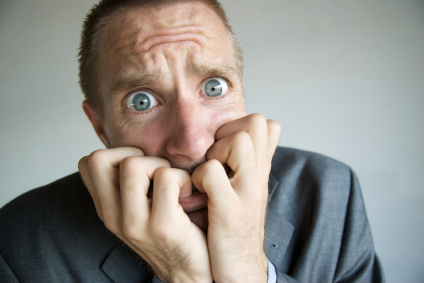While some in media will use that to sound this week's 'science is killing us' alarm, the reality is that something that is not a concern is being linked to something else not a concern.
First, radon. It is, as is well known to Americans by now, a radioactive gas that is a byproduct of natural uranium in soil, and while that sounds scary to those weaned on a Greenpeace diet of misinformation, it isn't the case, at least at realistic levels. If you take a train inside Radhausberg mountain in the Austrian Alps, you can enjoy 100 percent humidity, 100 degree heat, and radon-rich air along with lots of other people who pay to visit the Gasteiner Heilstollen (“healing galleries”) to feel better.(1)
Yet during the Clinton administration, the EPA remained consumed with flawed linear no-threshold theory (LNT) and started claiming that 16,000 lung cancer deaths a year were caused by radon, environmental lawyers cackled like Scrooge McDuck on a pile of gold and laws were passed making radon detectors mandatory.
So 16,000 fewer people died, right? Well, no. Nor were they ever at greater risk. The claim was made by extrapolating data from miners exposed to very high levels of radon who then got higher than average rates of lung cancer.(2) That had nothing to do with our homes but in 1986 EPA was (and is) beset by 'there is no known safe level of radon' thinking like they are about all radiation, so they have set a level of 4 picocuries per liter of air (pCi/L), the lowest level that could be created without creating a lot of false positives and false negatives with radon detectors (which don't even detect radon.)(3)

On a Terrorized Scale of 9 to 10, how scared do media accounts about health want us to be?
And similar statistical skulduggery is involved here. Using information in their own Ohio Radon Information System (ORIS) and laying over a map of natural gas wells, the authors authoritatively declared that of the 118,421 homes in their data between 2007 and 2014, being closer to 1,162 fracking wells led to higher indoor radon concentrations. That actually makes sense. If you live in an apartment building in Toledo, it's impossible to have meaningful radon, but if you live in the country and put a radon detector in an unfinished basement, you will have high levels. Because you have a lot more soil. And natural gas wells, which have become the energy source to vilify among urban academics, are in remote areas.
But so what? It's an artificially low level and these claims are always tripped up by the same awkward question: Where are the bodies? People are still not dying from radon.
35 years later we still can't regulate nature, but scaring the public is as easy as ever.
NOTES:
(1) Chernobyl is back in the news, thanks to yet another misguided Netflix effort to make back the $20 billion they have burned by rolling out as many scary science narratives as possible. But only 28 people died, and they were cleanup workers unlucky enough to be born into a communist dictatorship that valued Ukrainian life even less then than Russians do now. Food was scarce enough they let kids consume contaminated food and milk, which caused an uptick in thyroid cancer.
(3) While ignoring inconvenient truths, like the prevalence of smoking, which also increases presence of radon. A paper using Finns who lived in the same place for 20 years and controlled for smoking found no higher risk while other papers have found an inverse relationship between indoor radon and lung cancer.
(2) A pCi, one trillionth of a Curie, is the rate of decay of radon. One pCi is 0.037 disintegrations per second so at 4 pCi per liter means 12,672 radioactive disintegrations in one liter of air during a 24-hour period.




Comments